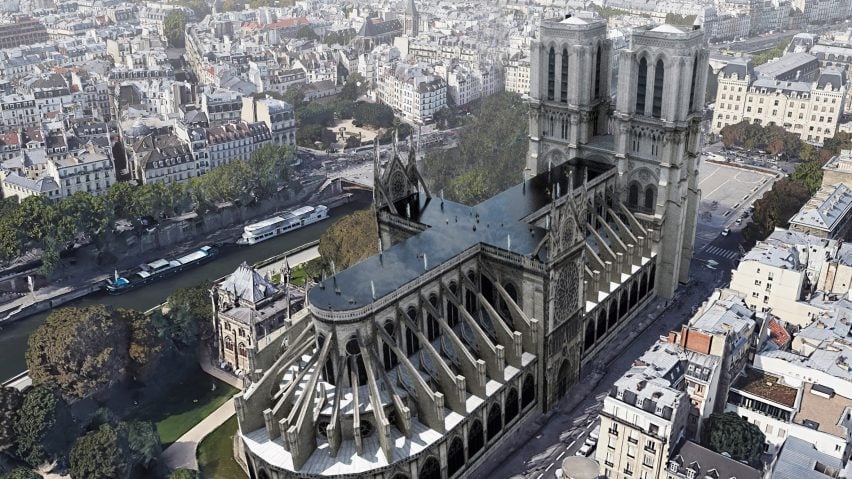
Dezeen's top 10 architecture trends of 2019
Continuing our review of 2019, assistant editor India Block looks back at the 10 biggest trends in architecture, including celebrity collaborations, mirrored buildings and architects on strike.
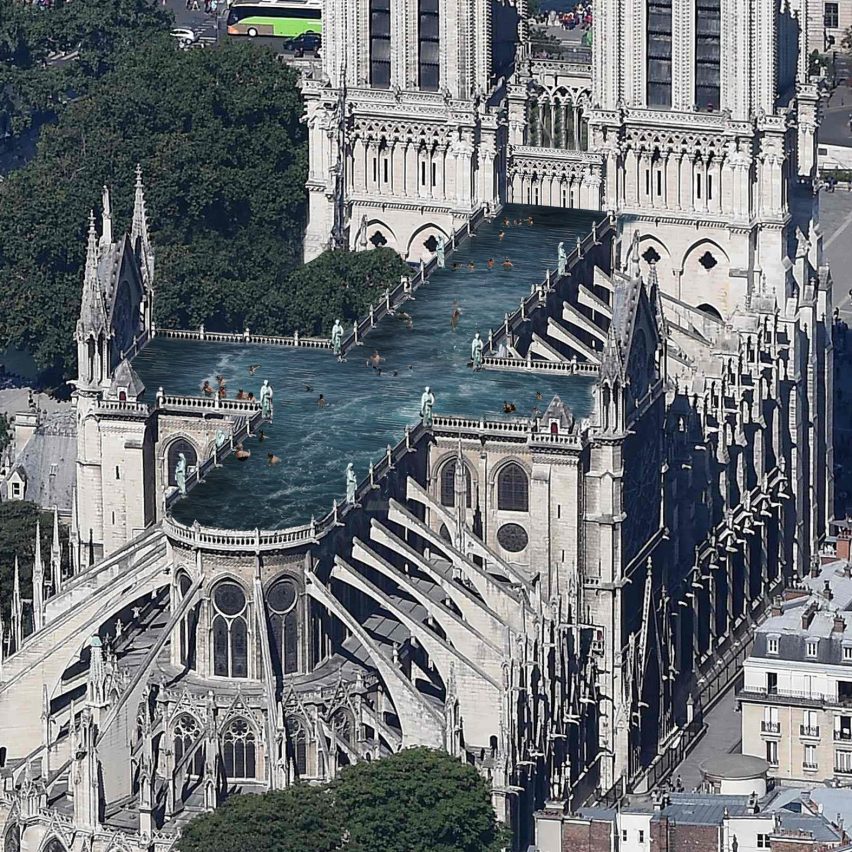
Notre-Dame reimagined
2019 will go down in history as the year that Notre-Dame Cathedral was devastated by fire. Before the embers had stopped smoking questions about how to rebuild were being asked. The French senate eventually decreed that it must be returned to the way it looked before, but not before a lot of architects published their visions for how the place of worship could be re-imagined.
Dutch company Concr3de suggested 3D-printed gargoyles, while Studio NAB envisioned a giant greenhouse in place of a roof and Fuksas proposed a spire made of pure crystal.
Wilder suggestions included a swimming pool, a car park and a McDonalds. The craze for re-imagining Notre-Dame peaked when designer Sebastian Errazuriz produced mockups of the cathedral being used as a rocket ship launcher.
Since then suggestions have been more subdued. Gensler designed a temporary worship pavilion that can turn into a market, while Soltani+LeClercq envisioned a huge grey veil to screen the scorched cathedral as it is rebuilt.
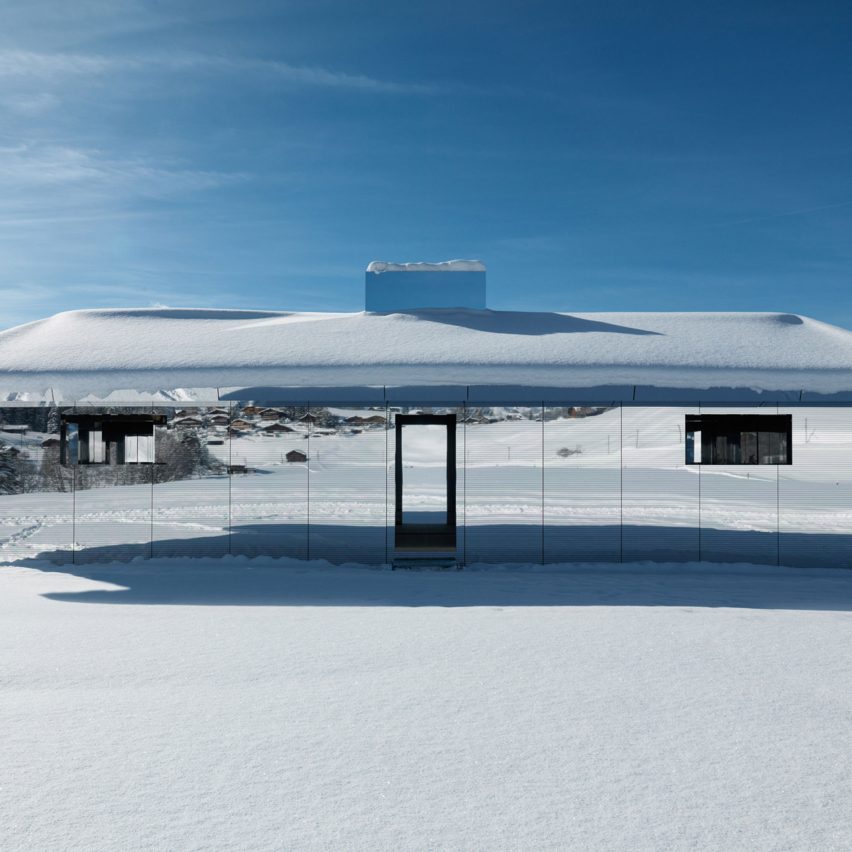
Reflective architecture
Shiny surfaces had a moment in 2019. Architect Doug Aitken clad an entire house in the Swiss Alps in mirrors. Called Mirage, it's walls reflect the snowy mountains while its mirror-panelled interiors create a kaleidoscope effect.
In Beijing, architecture studio MAD added two bubbles wrapped in mirrored stainless steel to a courtyard house. The reflective pods provide extra space while reflecting the historic surroundings.
Chilean architecture studio Pezo von Ellrichshausen experimented with the disorientating effect of mirrors by creating a pavilion in Milan clad in polished stainless steel that cantilevers over the viewer, turning the baroque courtyard upside down in its reflection.
Le Bon Marché department store in Paris had a mirrored cube installation containing a circular skate ramp, designed in a collaboration between Chicago architecture practice MANA and skateboarder Scott Oster. The project was named Retail interior of the year at the 2019 Dezeen Awards.
As a more sombre reflection, architecture studio Counterspace used mirrors to create an installation that reflected the beautiful-but-toxic sunsets caused by mining dump dust in Johannesburg.
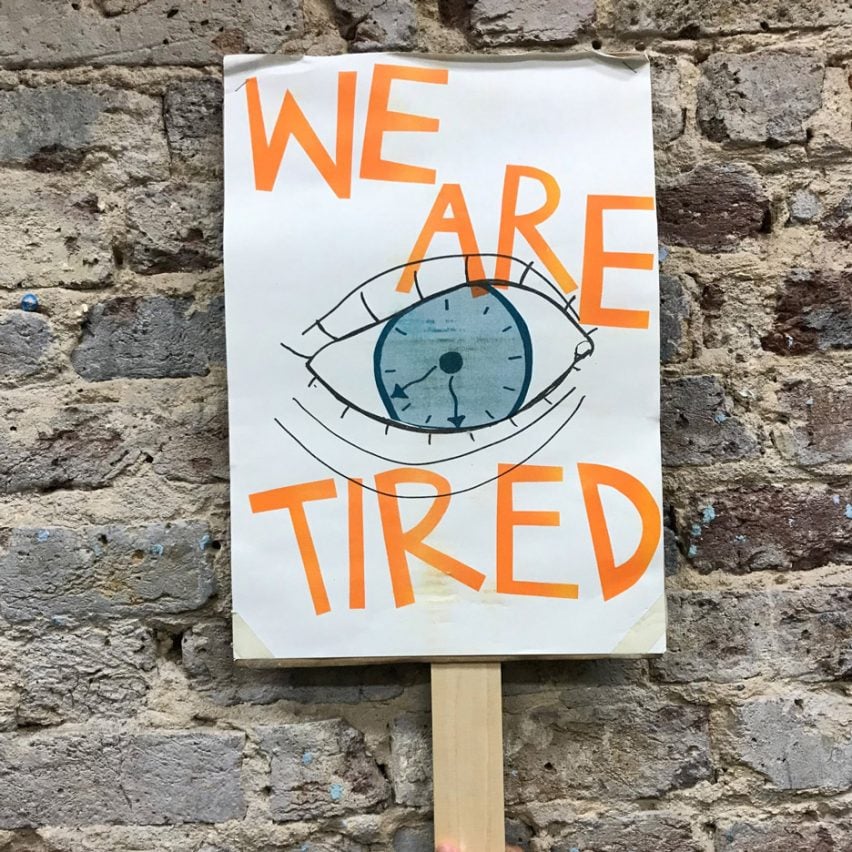
Unpaid internships controversy
In 2019 the architecture industry did some soul searching about the ethics of unpaid internships and the culture of long hours.
Debate raged over unpaid internships after it came to light that the 2019 Serpentine Pavilion architect Junya Ishigami had offered them at his studio in Japan. The revelation prompted a larger conversation about the practice of architects working for no, or very little, pay.
Architects and designers in Japan defended the practice as an indispensable part of the system, but Sou Fujimoto's practice admitted it had stopped its unpaid internship program.
Chilean architecture studio Elemental, led by Pritzker Prize winner Alejandro Aravena, pulled its own unpaid internships after getting caught up in the row. But US-based designer Karim Rashid defended not paying his interns, saying it was better value than paying thousands of dollars in university fees.
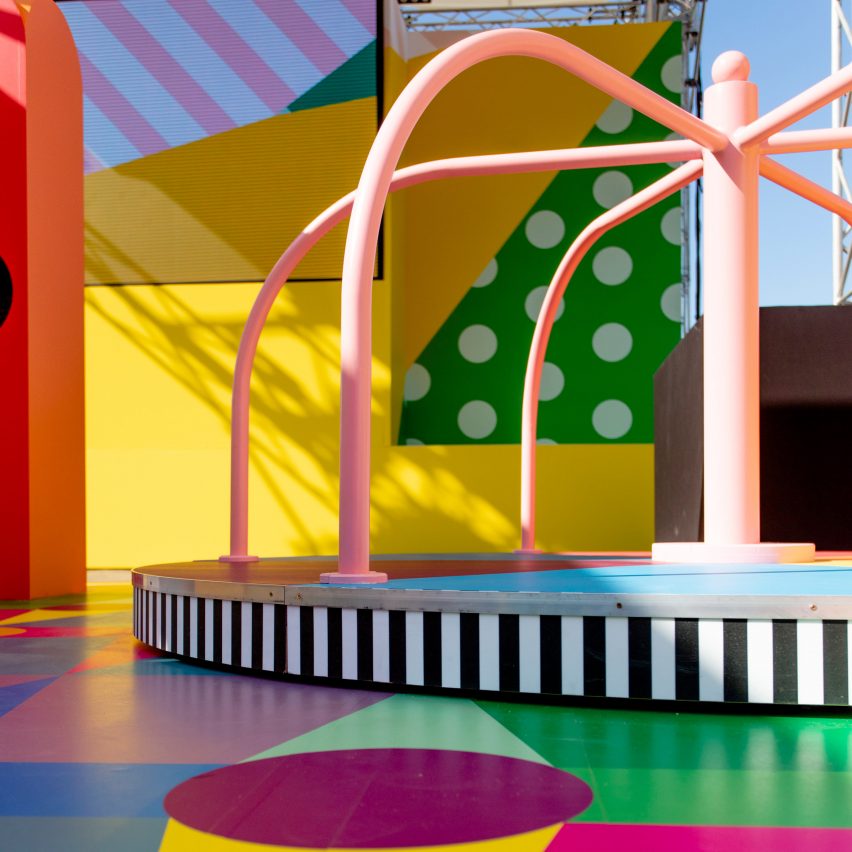
Playgrounds
Playgrounds – for children and for adults – got an upgrade this year. Yinka Ilori created a grown-up playground in Cannes in bright colours and geometric patterns, including an adult-sized roundabout and see-saw. Colour was also a key part of Aberrant Architecture's children's playground in Madrid, which was built in an old slaughterhouse.
Geometric structures were used for a playground in Paris with stone seats for sharing secrets, and for a playground in London designed to suit autistic children. Architecture studio Muf also used geometric shapes to make a new playground for the kids living on the estate near the Barbican.
In Hanoi, an outdoor wooden library by Farming Architects has bookshelves that double as a climbing frame, and in rural Cambodia Orient Occident Atelier built a school with a grid of shelves that students can clamber over to play.
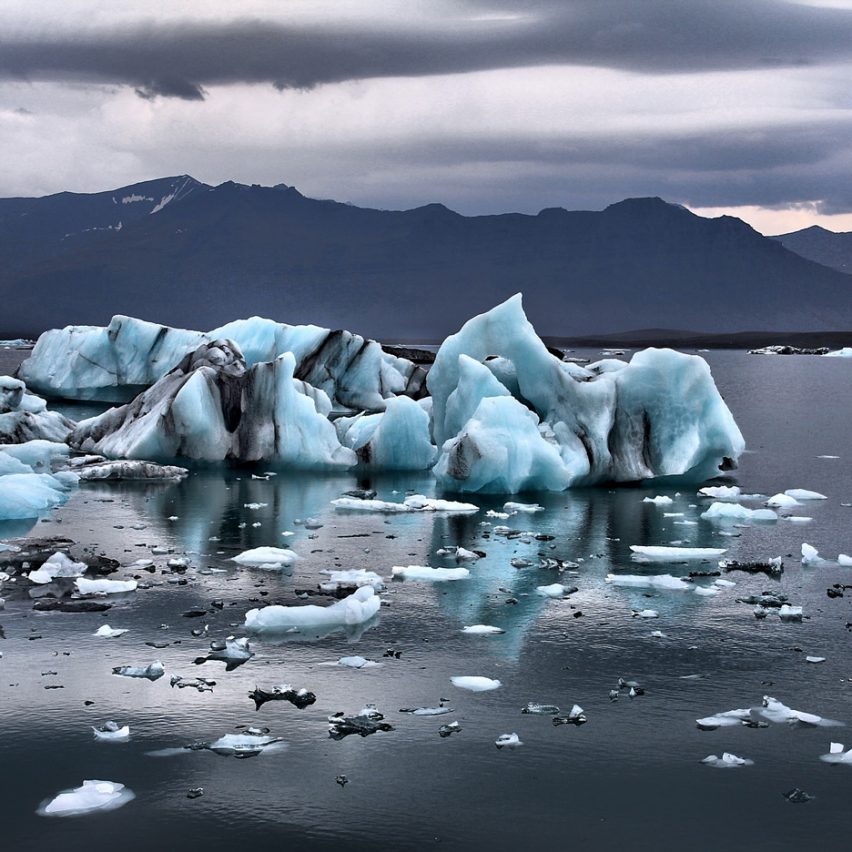
Architects focus on climate change
In May a group of 17 Stirling prize-winning studios, including Zaha Hadid Architects, David Chipperfield Architects and Foster + Partners, declared a climate and biodiversity emergency. In an open letter they called for a shift in behaviour to avert catastrophic global warming.
Many architecture studios downed tools in September for the Global Climate Strike. The Architect's Climate Action Network formed to bring together likeminded architects, including some from Studio Bark who designed easy-to-build modular building blocks for the Extinction Rebellion protests.
Dezeen columnist Phineas Harper urged architects to develop even more radical responses to the era of climate change. At the inaugural Architecture of Emergency summit experts discussed the problem, with some calling for the industry to ditch concrete-hungry designs in favour of timber.
Foster + Partners pledged to make all its own office buildings carbon neutral by 2030, and Snøhetta went one step further by vowing to only design carbon negative buildings within the next 20 years.
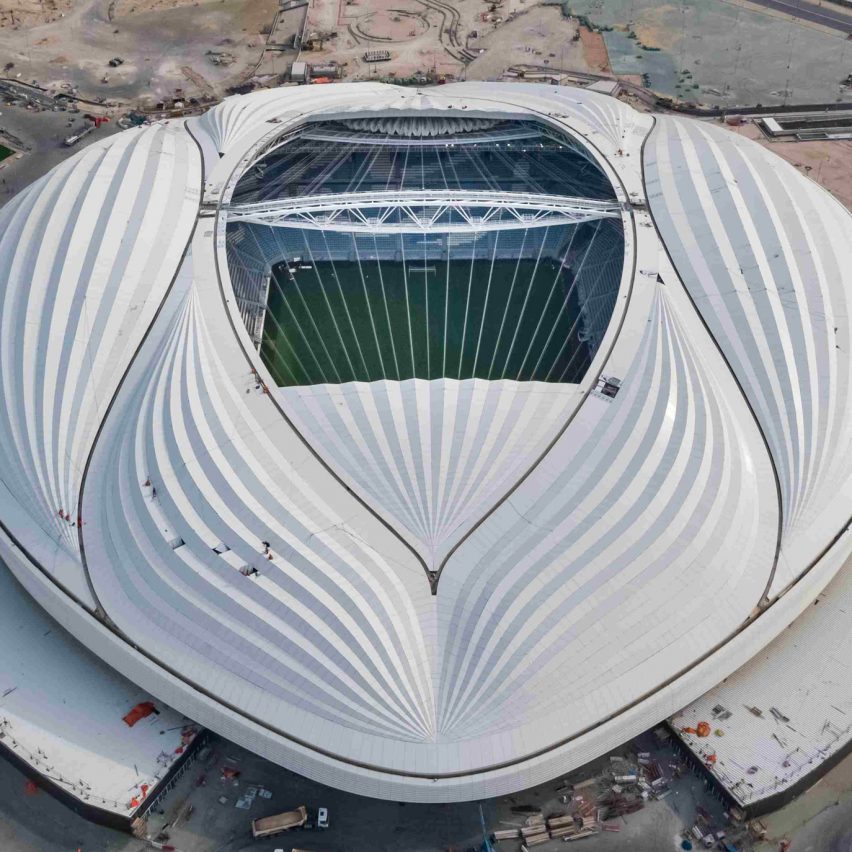
Zaha Hadid's legacy
Although she passed away in 2016, Zaha Hadid's legacy lives on. 2019 was the year that many of the projects the British-Iraqi architect had designed were completed posthumously.
In May the first match was played in the Al Wakrah Stadium, designed by Hadid for the 2022 FIFA World Cup Qatar. In August pictures were released of the completed Opus hotel in Dubai, formed of two conjoined towers.
September saw the completion of the huge, starfish-shaped terminal for Beijing Daxing International Airport and in November the Leeza Soho skyscraper completed and took the title of the world's tallest atrium.
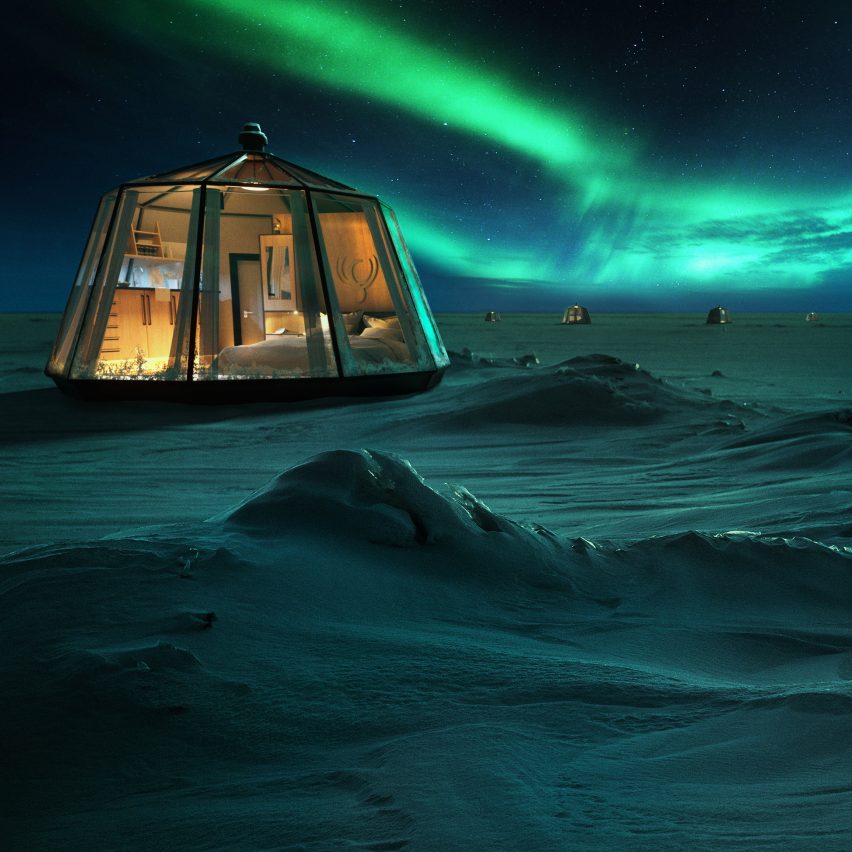
Arctic architecture
With the knowledge that our ice caps are more precious than ever, 2019 was a year where there was a lot of attention paid to projects in the Arctic Circle.
Snøhetta designed a visitor centre for Svalbard, where people can virtually explore the secure seed vault that is kept under lock and key beneath the ice. Dorte Mandrup released visuals for a Norwegian whale-watching centre in the Arctic Circle.
On the slightly more fanciful side of things, one would-be Arctic entrepreneur laid out their plans to install a temporary pod hotel at the North Pole, while a graduate project drew attention to the problems of cruise ship pollution with a thermal bath for the Arctic powered by holidaymakers waster.
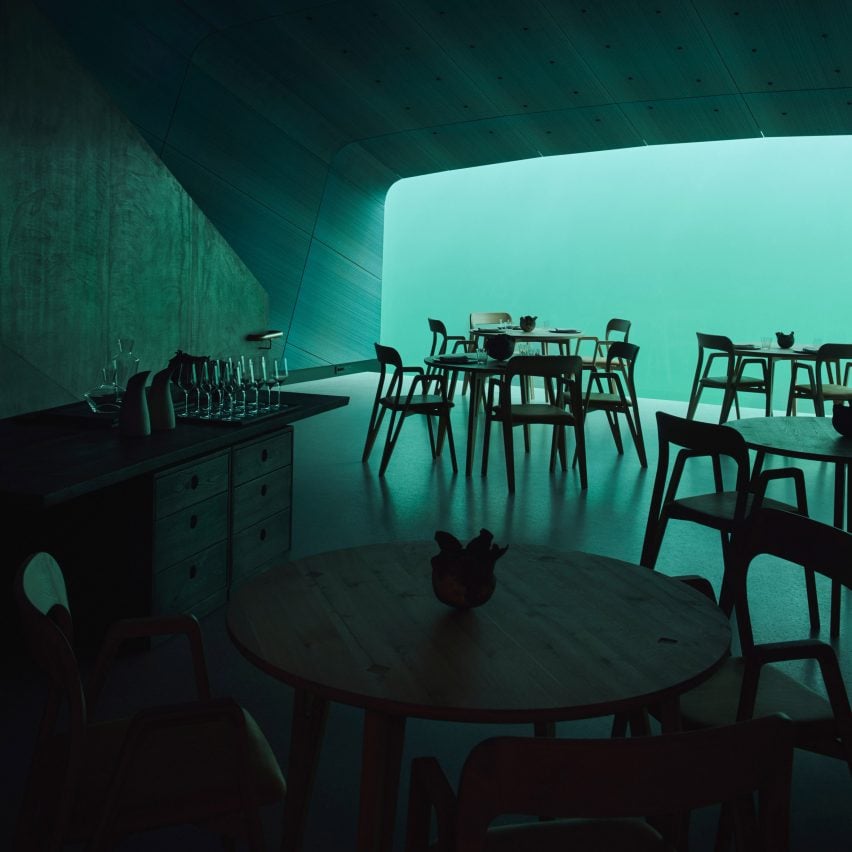
Under the sea
Architecture slipped beneath the waves in 2019. Snøhetta unveiled Under, a restaurant that tips down from the shore of Båly in Norway to the seabed. Diners are served in front of a glass wall that gives a submariner's view of passing marine life. Under claims to be the world's largest underwater restaurant, and the first of its kind in Europe.
In more tropical climes, guests at the Conrad Maldives Rangali Island resort can sleep under the sea. Architect Ahmed Saleem and New York studio Yuji Yamazaki built an underwater bedroom suite from transparent 18-centimetre-thick acrylic, so holidaymakers relax in their own private aquarium.
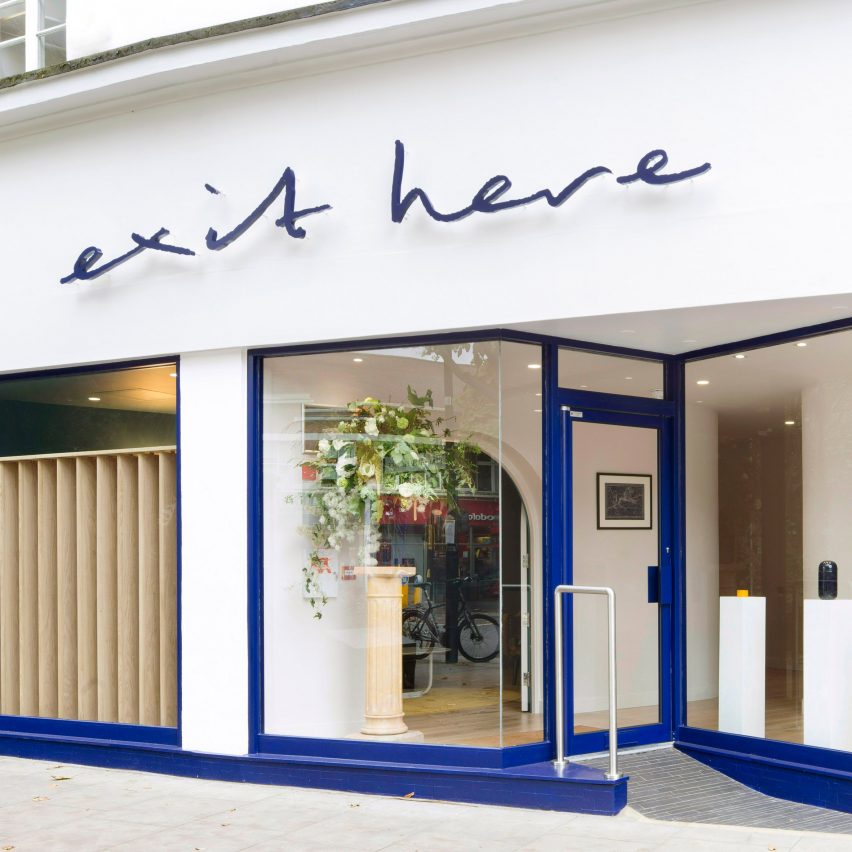
Architecture for the dead
Although some societies have become a little squeamish over dealing with the dead, pre-afterlife facilities got a contemporary yet comforting makeover this year.
The Exit Here funeral parlour opened in London to offer clients a light and bright place to make arrangements for loved ones who have passed away.
In the US, Olson Kundig Architects unveiled designs for an after-death facility where corpses will be turned into compost. By 2021 Seattle residents will be able to visit Recompose for an alternative to cremation or burial, where bodies are placed in modular vessels with wood chips and turned into nutrient-rich soil.
Increasing awareness about the pollution caused by cremation led one architecture graduate to design an alternative eco-crematorium, where bodies could undergo liquid cremation and be interred as wearable keepsakes.
More controversial was the 3D-printed suicide machine that went on display at the Venice Biennale.
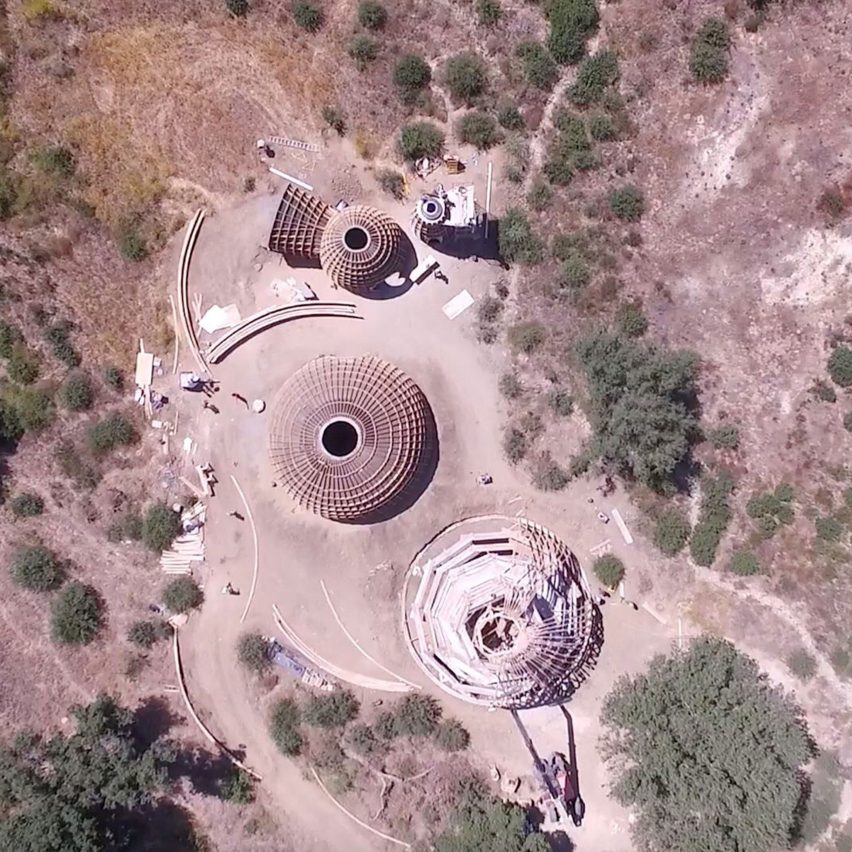
Housing by celebrities
Famous people were lining up to collaborate on housing projects in 2019. Kanye West revealed in an interview that he was experimenting with a housing typology that took inspiration from Star Wars sets. Photos obtained by news sites showed domed structures made from a lattice of curved beams, but after it was discovered that they violated building protocol the domes were demolished.
Pharrell Williams was another music and fashion mogul who turned his hand to housing. Along with a group of developers, architects and interior designers Williams announced he is collaborating on a pair of towers in Toronto that will hold 750 apartments.
Even Barbie got in on the celebrity crossover action, lending her distinctive all-pink style to Malibu Dreamhouse, available to rent on Airbnb.